Bank to Books
Shipping embargos associated with the War of 1812 stopped the primary industry in Kennebunkport in its tracks. Local businessmen needed loans to endure the financial challenge and to protect their shipping investments through the war. To that end, the Kennebunk Bank in Arundel was incorporated by Eliphalet Perkins, Tobias Lord, Hugh McCullough, John Bourne, Joseph Moody, John U Parsons, John Low in 1813.
A request for bids to build a two-story brick building with a hewn stone foundation 38×26 feet long and 26 feet broad, appeared in The Weekly Visitor August 14, 1913. The Kennebunk Bank of Arundel opened for business on Maine Street in 1814 with $100,000 Capitol.
National banking regulations requiring that capital be backed by specie (gold or silver) were relaxed during the war but once peace was restored in 1815 the regulations were enforced. The bank was supposed to keep $20,000 in specie on hand. This requirement was always a challenge for The Kennebunk Bank even after they rented the upstairs of the building to the U. S. Government as an office for the Deputy Collector of Customs in 1815. It didn’t help that The brig Columbia, owned by bank President, Joseph Moody, went down just outside the mouth of the Kennebunk River in 1818 with over $1,000 in specie coins to replenish the bank coffers.
At one point, bank inspectors arrived unexpectedly when only $10,000 was in the vault. Once the inspector had counted the $10,000 in coin, -half the amount required- bank officials took him for a lunch break across the street at Nowell’s Tavern. While he supped and drank rum, the $10,000 in coins were removed from the bank vault to a brick oven in the basement of the tavern. The tipsy inspector counted the same $10,000 again after lunch but this time in the basement of the tavern where the officials claimed it was being kept “for safety.”
It will come as no surprise that the bank failed in 1831. Joseph and Eliphalet Perkins bought the building and leased it to Kennebunk Customs for a year before the United States Government bought the building for less than half what it cost to build. West Indies trade had already declined. From 1800-1810 duties collected on rum-laden vessels amounted to $500,000. During the year 1836, only $6,997 was collected. The prudence of maintaining a Kennebunk Customs District was debated in 1872 but politics influenced the district’s dubious survival. Kennebunk Customs collected just 15 cents between the years 1890 and 1894.
In 1898, The Kennebunkport Library Association took over the second floor of the brick building. Kennebunkport Free Library had been founded by Mrs. Anne Talbot in 1894. She donated books, bookcases, and hired a librarian. Downstairs, George Cousens tried to resign his position as Collector in 1902 for lack of work but the Government refused to accept his resignation and re-appointed him in 1906. The Kennebunk Customs District was finally eliminated in 1913 and the Government leased the building to Mrs. Talbot for her library.
Three years later, Kennebunkport Public Library Association was formed, absorbing Mrs. Talbot’s library. They requested that ownership of the building be transferred to the town of Kennebunkport as a library but The Federal Government refused. Mr. and Mrs. Abbott Graves purchased the 107-year-old brick building and deeded it to the Library Association provided it be named for their deceased son Louis. T. Graves.
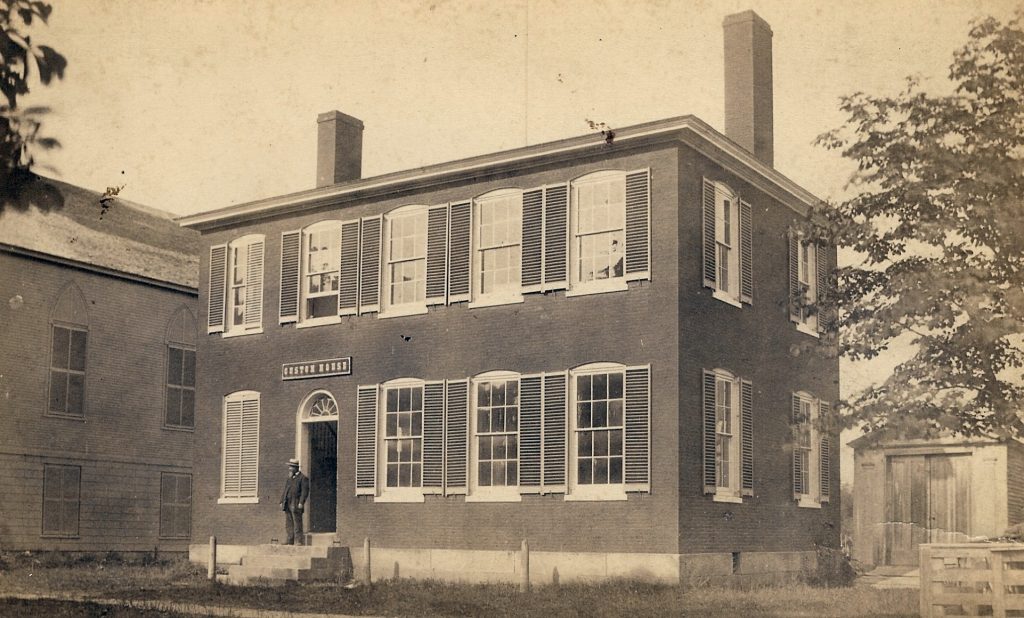
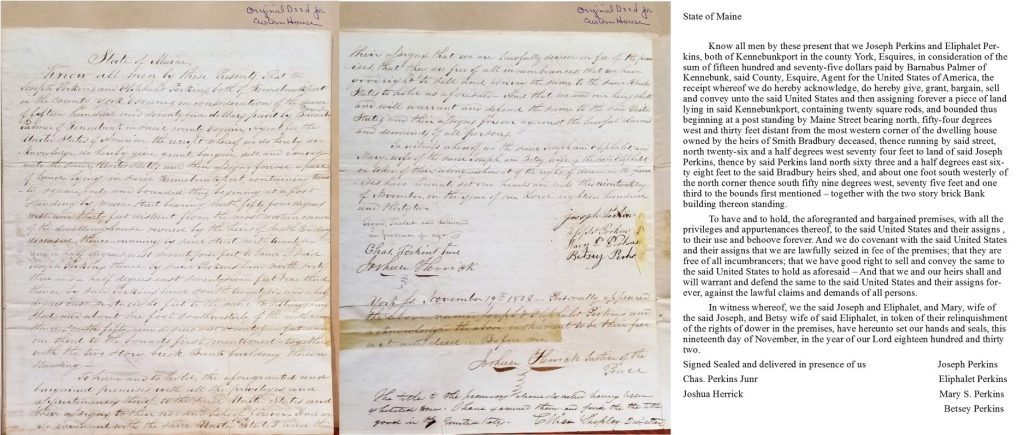
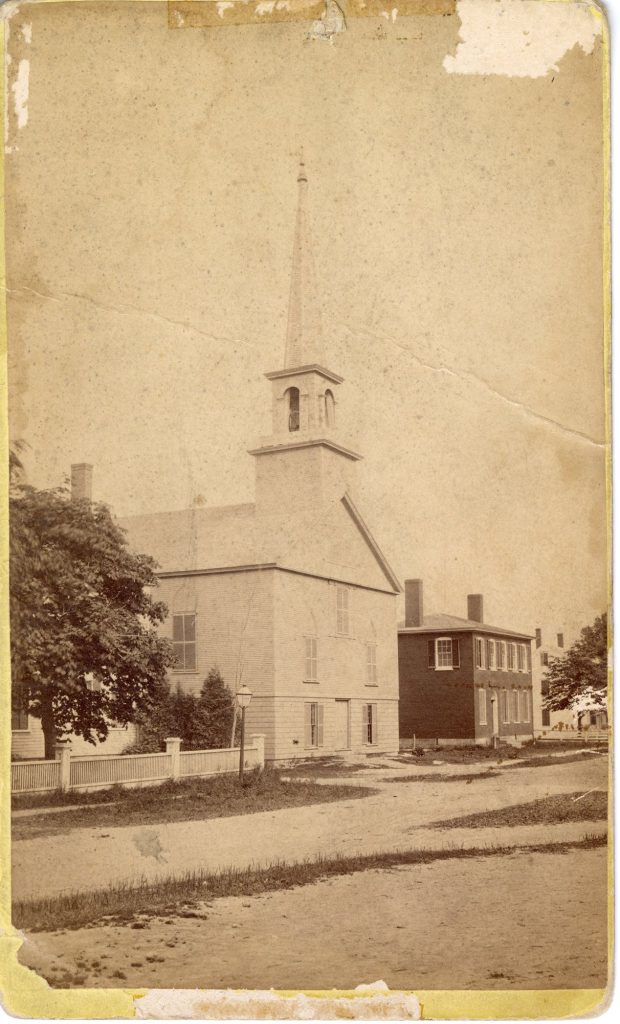

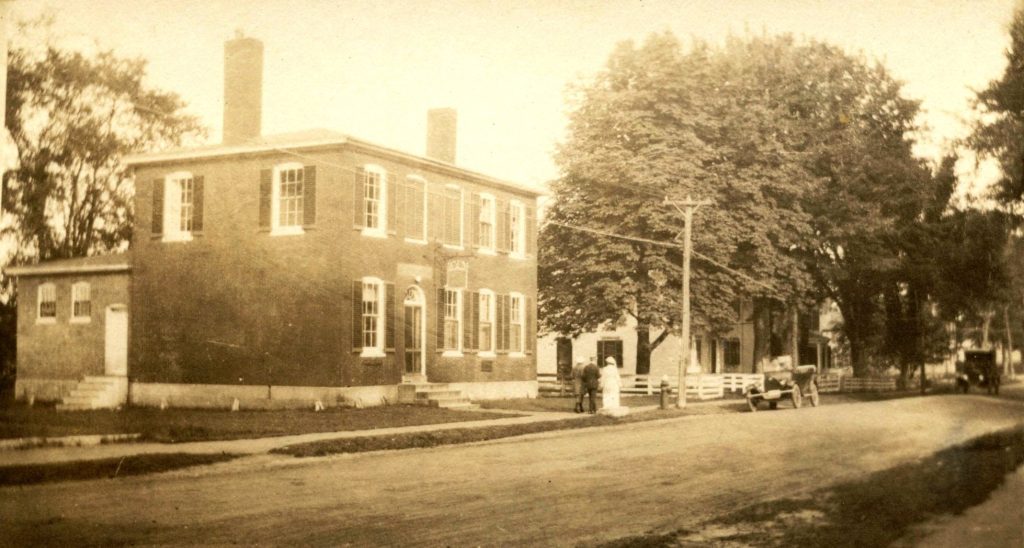

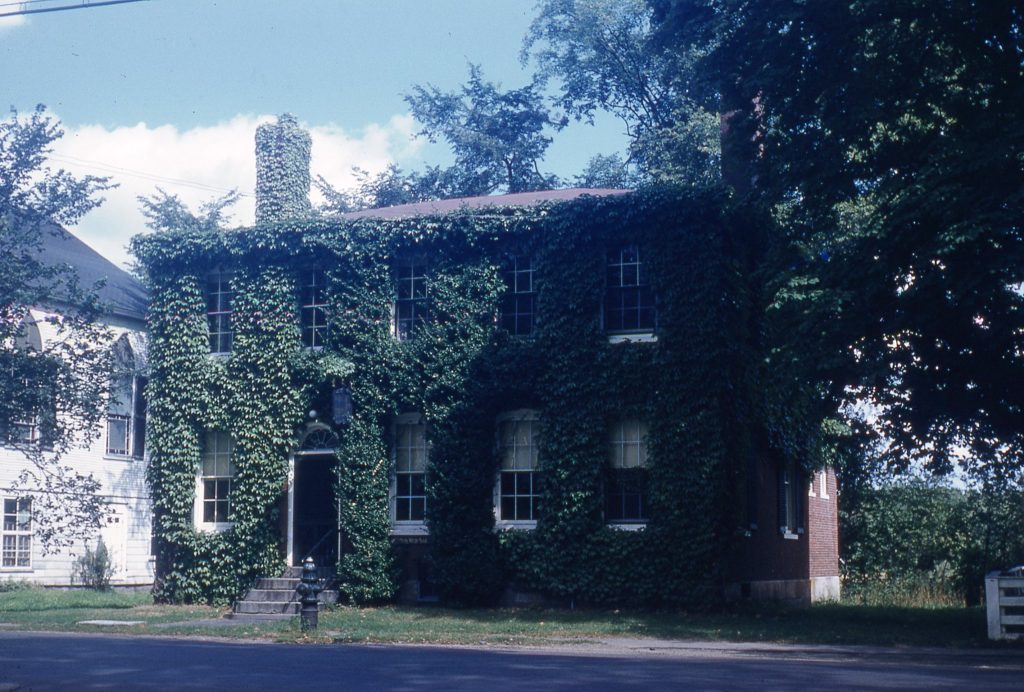
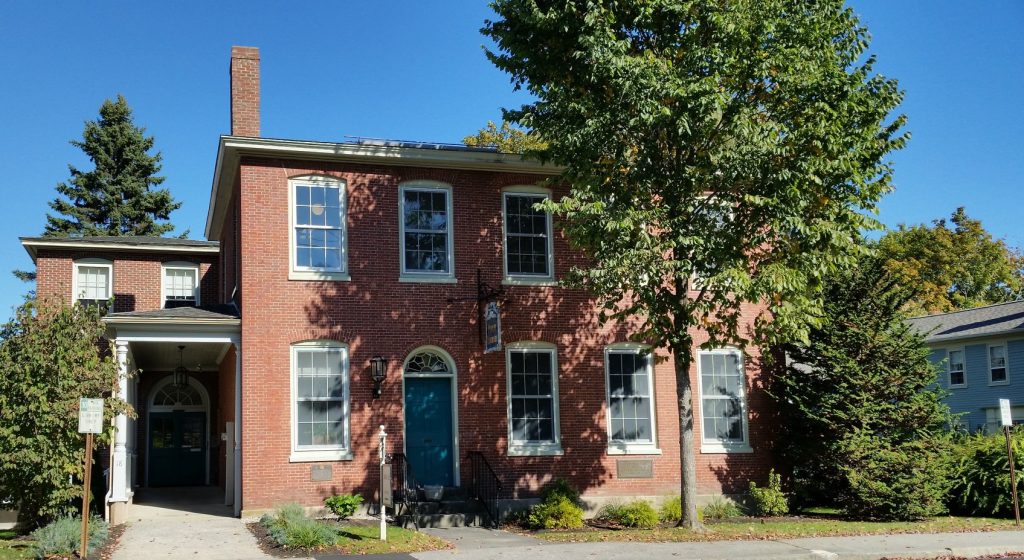


Leave a Reply